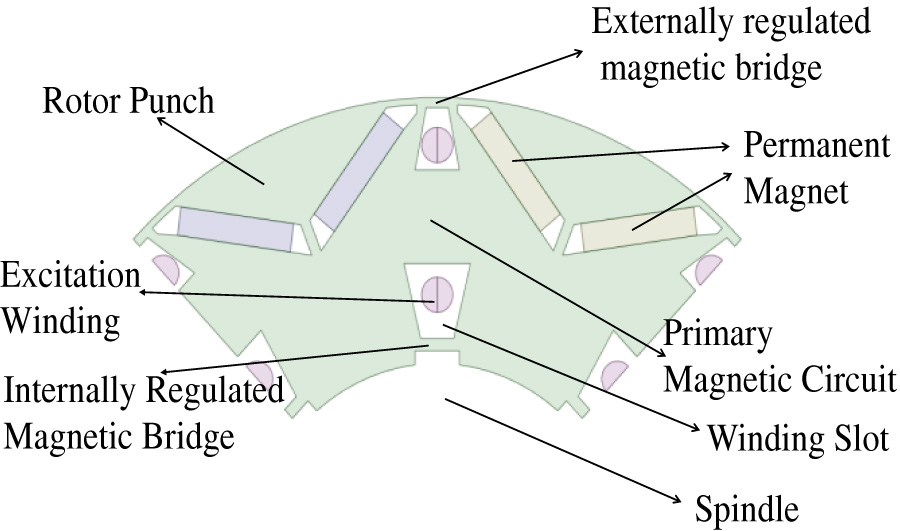2024-12-31 Latest Published
By Bathula Ashok Kumar
Vijaya Chandra Kavuri
Gudla Ramalakshmi
Moturi Satyanarayana
Progress In Electromagnetics Research B, Vol. 109, 127-139, 2024
Abstract
A reconfigurable patch antenna for X-band applications offers frequency agility and adaptability for systems operating within the 8-12 GHz range. This design allows dynamic tuning of the antenna's operating frequency, making it ideal for radar, satellite communications, and military applications. By incorporating reconfigurable elements, such as switches or tunable materials, the antenna can adjust to varying operational requirements, improving performance and flexibility in compact systems where space and efficiency are crucial. A reconfigurable patch antenna for X-band applications faces several challenges. Incorporating reconfigurable elements, such as switches or tunable materials, can increase the design's complexity and reduce reliability, especially in high-frequency X-band operations. Miniaturization may result in performance trade-offs, potentially affecting the antenna's gain, bandwidth, and radiation efficiency. Additionally, ensuring stable and interference-free operation across the reconfigured frequencies can be difficult. The antenna's power-handling capability may also be limited, which is critical for radar and military applications. Finally, thermal stability and environmental resilience are key concerns, as performance can degrade under varying conditions. Hence, this paper proposes a novel miniature inverted V-slot reconfigurable patch antenna. extended antenna design features a compact radiating patch (10.5 mm x 14 mm) with an inverted `V' slot and corner modifications (chamfering) to enhance performance. Frequency and polarization reconfiguration are achieved through the enable/disable functionality of PIN diodes placed within the inverted `V' slot, allowing dynamic adjustments. The defected ground structure, featuring two vertical slots, further aids in enhancing the antenna's operational capabilities. The antenna operates across multiple frequency bands, specifically 9.84-10.46 GHz, 10.66-11.59 GHz, 11.08-11.98 GHz, and 11.61-12.11 GHz, making it suitable for X-band applications. Additionally, the proposed antenna supports right-hand circular polarization (RHCP), left-hand circular polarization (LHCP), and linear polarization (LP), offering versatile propagation modes. Both practical and simulated results demonstrate good impedance matching across different polarization states. This design is highly suitable for satellite communication and other X-band applications due to its reconfigurable and flexible performance.









